Vitality: Understanding the lifespan of vaporized H2O2 sensors
The HPP270 series probes, which use PEROXCAP® sensor technology to measure vaporized hydrogen peroxide in bio-decontamination applications, do not have a specified calibration interval. Although the typical calibration interval is one year, calibration intervals should be based upon how the probe is used. This means that the key considerations are the duration and concentration of H2O2 exposure. Further, the requirements of your internal quality management system must be met.
A unique feature of the HPP270 series probes is the ability to evaluate the sensors’ performance through its “Sensor Vitality” value. This value is like a health check for the sensor. Accessed with Vaisala Insight software, sensor vitality is displayed as a percentage, and we recommend replacing HPP270 series probes when the value reaches ≤ 40%.
In our recent webinar, Vaporized hydrogen peroxide sensors: How to maintain measurement quality, we received several questions on sensor vitality, and a few on basic use of the HPP270 series probes. Here are the answers…
Question: How does the sensor inform you that the "vitality" has decreased?
Answer: To help with preventative maintenance and plan calibration schedules, access the sensor vitality value using either Insight PC software or via Modbus communication. Here is a webinar on Modbus communication.
Question: Is there a vitality parameter available for regular Vaisala Temp/RH probes? If so, is it available in some way to the user?
Answer: Vitality is specifically designed for PEROXCAP® sensor technology, which incorporates two humidity sensors. This type of evaluation is not possible in single sensor configurations. The best diagnostics for a regular relative humidity sensor is a reference calibration (comparison to a known accurate reference).
Question: Is it possible to monitor this vitality parameter with a PLC?
Answer: Yes. You can read this value with Programable Logic Controllers by utilizing Modbus communication.
Question: When you calibrate HPP270 probes, do you check the sensor vitality and include the value in the calibration certificate?
Answer: No. The purpose of this value is diagnostic. It only provides a tool for predictive maintenance evaluation. We do not include diagnostic values in the calibration report and after calibration service, the instrument is equipped with new sensors and fully recovered vitality.
Question: How long does the Indigo80 battery last?
Answer: This question refers to the demonstration I gave during the webinar to show how to use the Indigo80 handheld indicator together with HPP272 for spot checking a bio-decontamination process. A fully charged Indigo80 works for several hours, but as it is critical for the instrument to maintain constant power, I highly recommend connecting the handheld into a power supply.
Question: Is it possible to purchase the sensor without the Indigo80 in order to implement it to another platform?
Answer: Yes, the HPP272 probe can be used as a standalone instrument. It has two 4 to 20 mA analog channels or can be used with Modbus RTU communication. Analog channels can also be extended by using an Indigo transmitter.
Question: After completion of a cycle, in routine operation, do we need to keep the yellow cap on the HPP270 sensor?
Answer: No, there is need to insert the yellow cap, unless you want to protect the sensor against some other chemical or extensive spray washing etc.
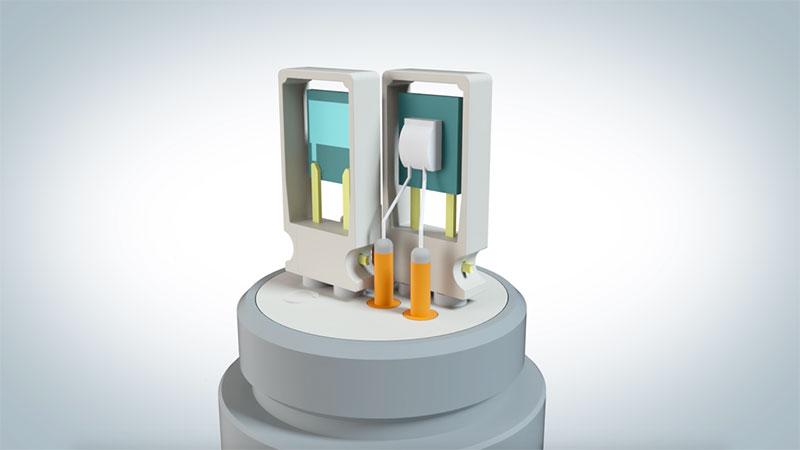

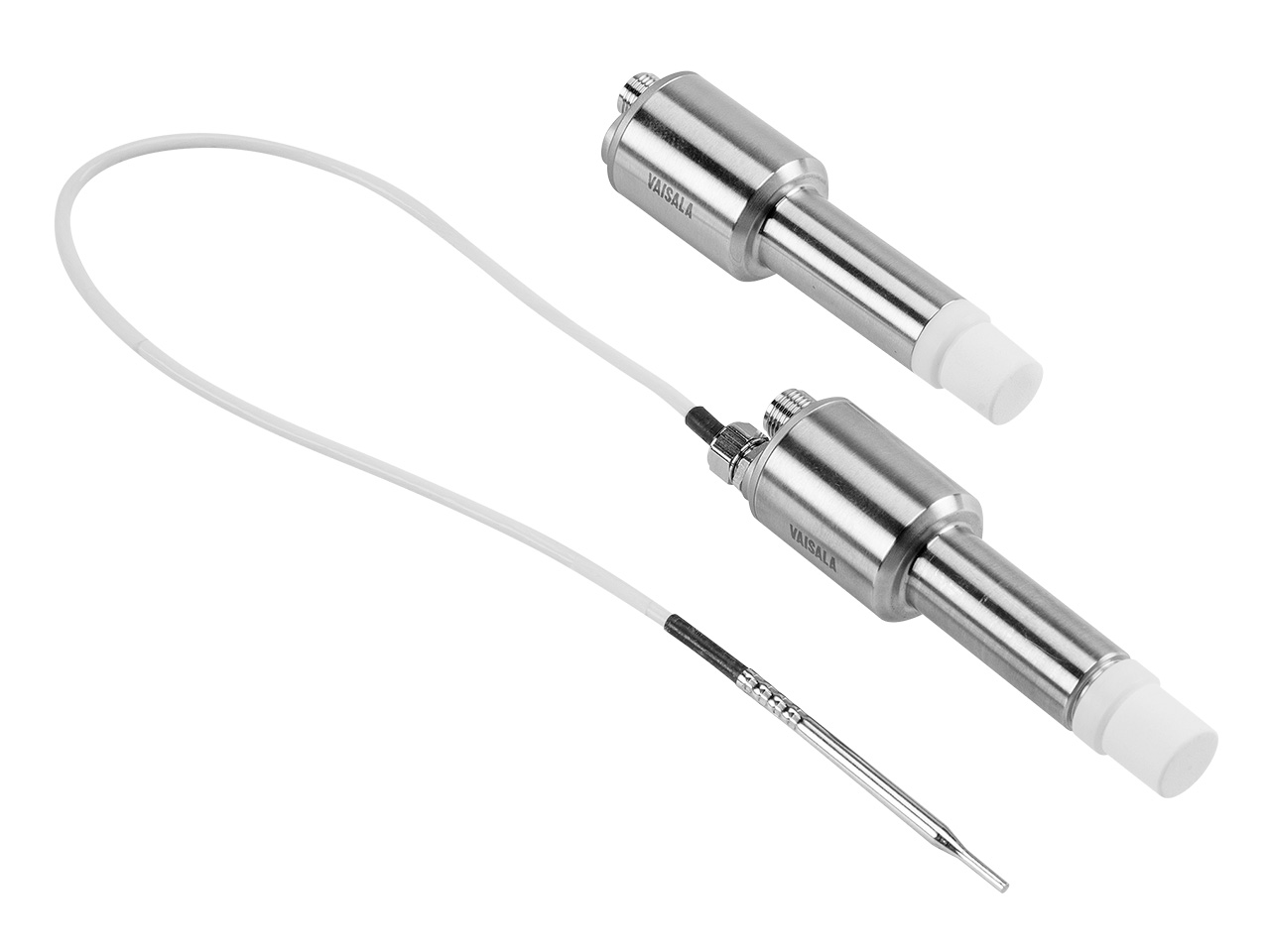
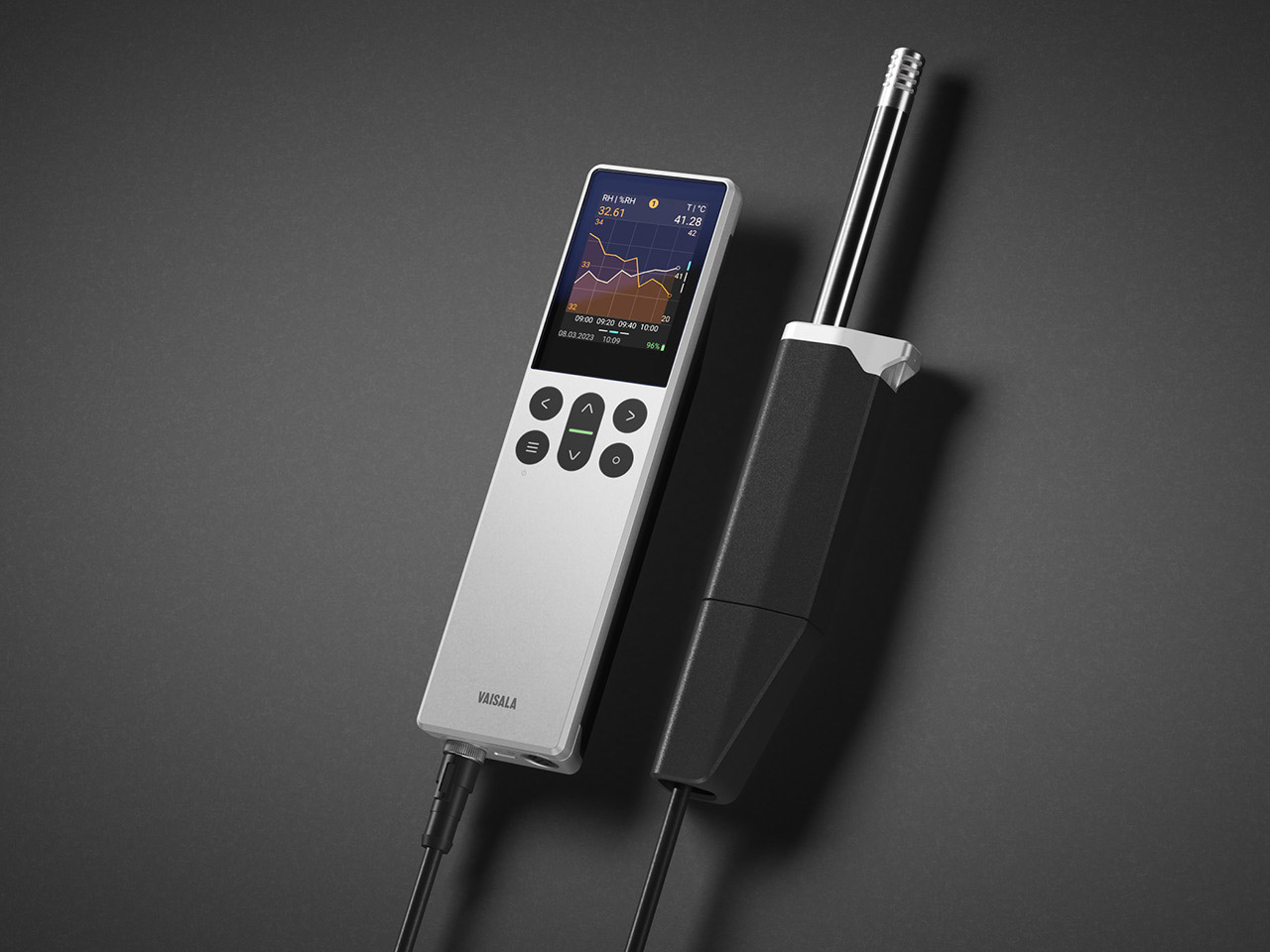
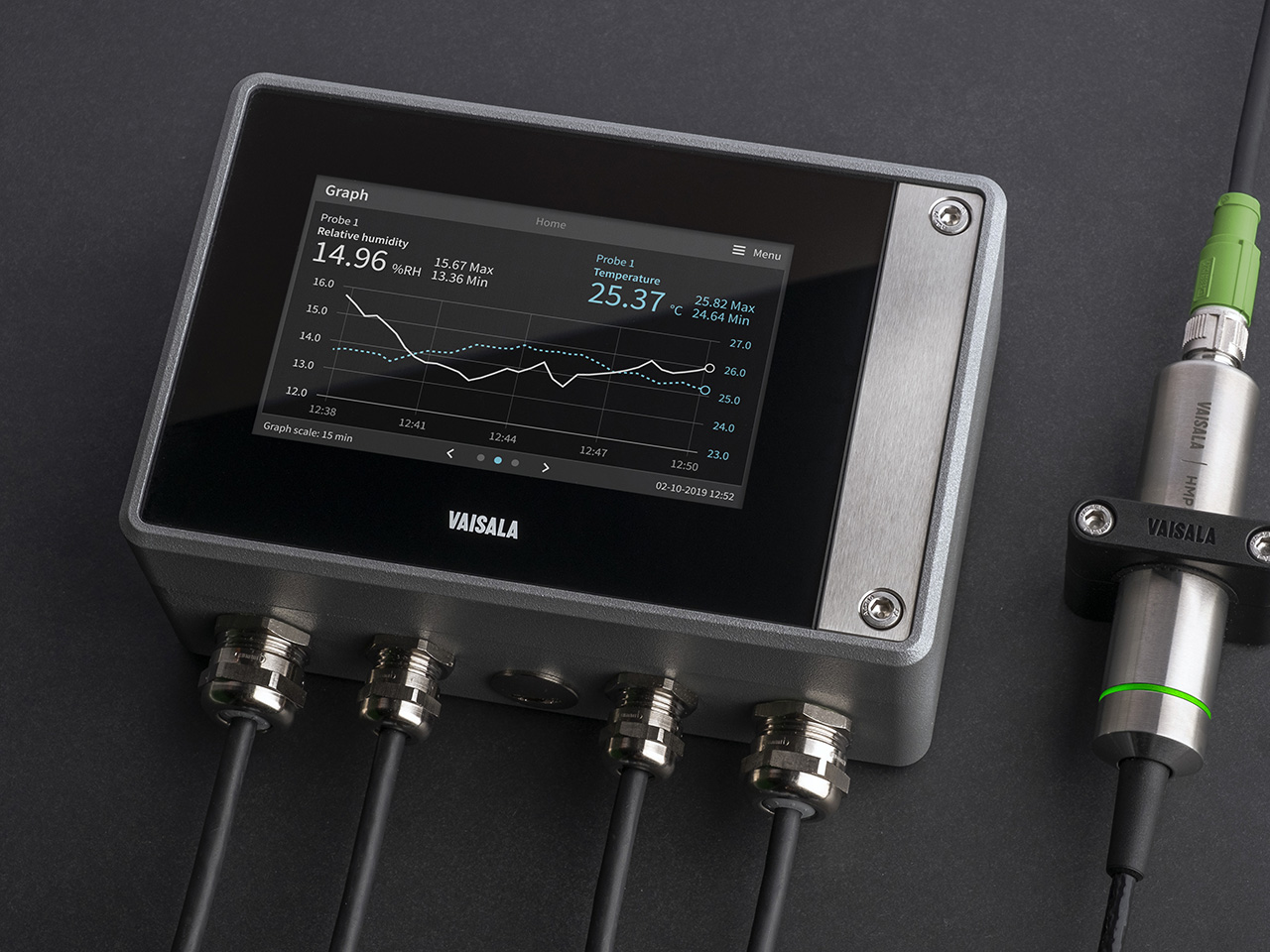
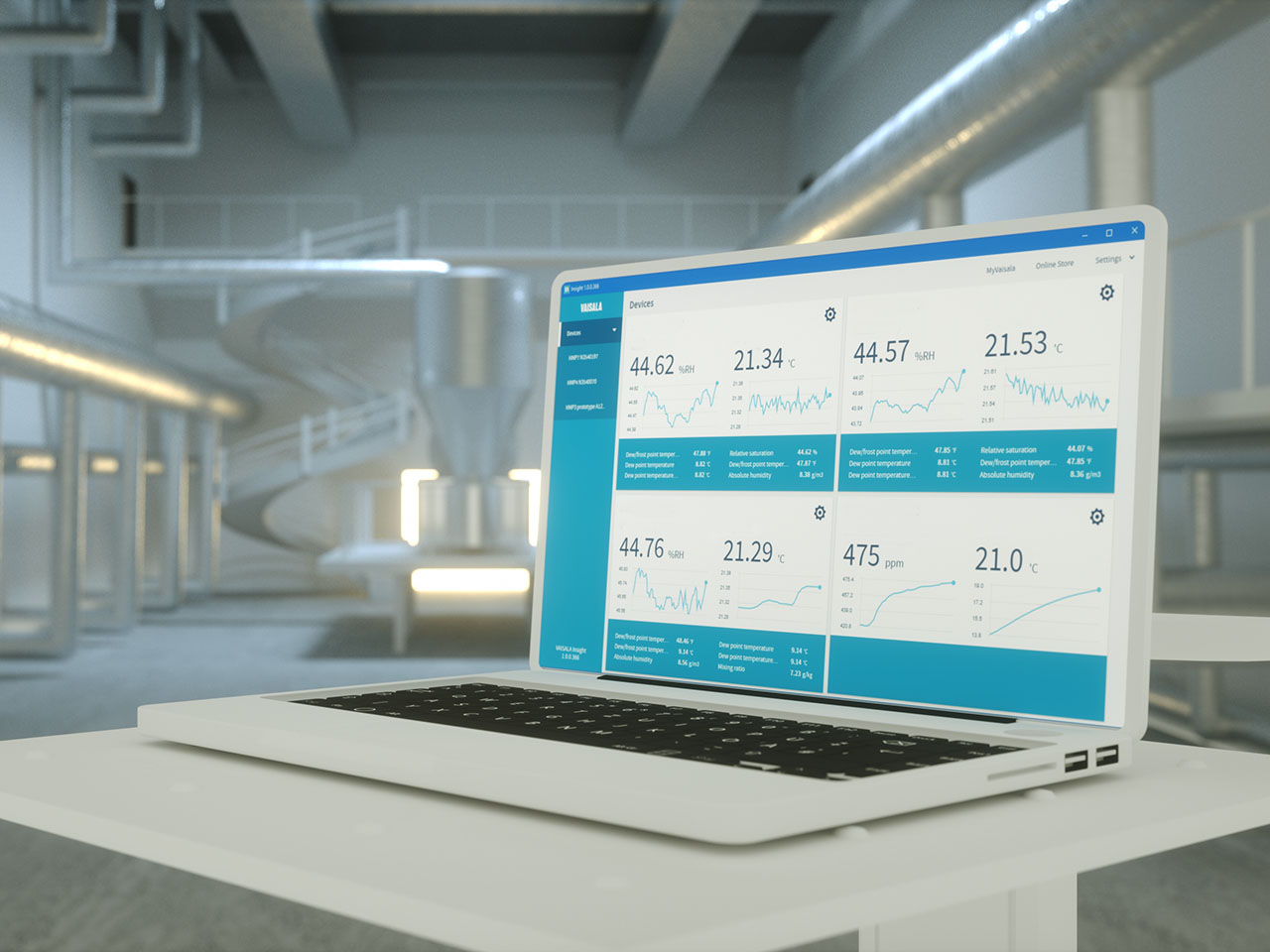
Add new comment